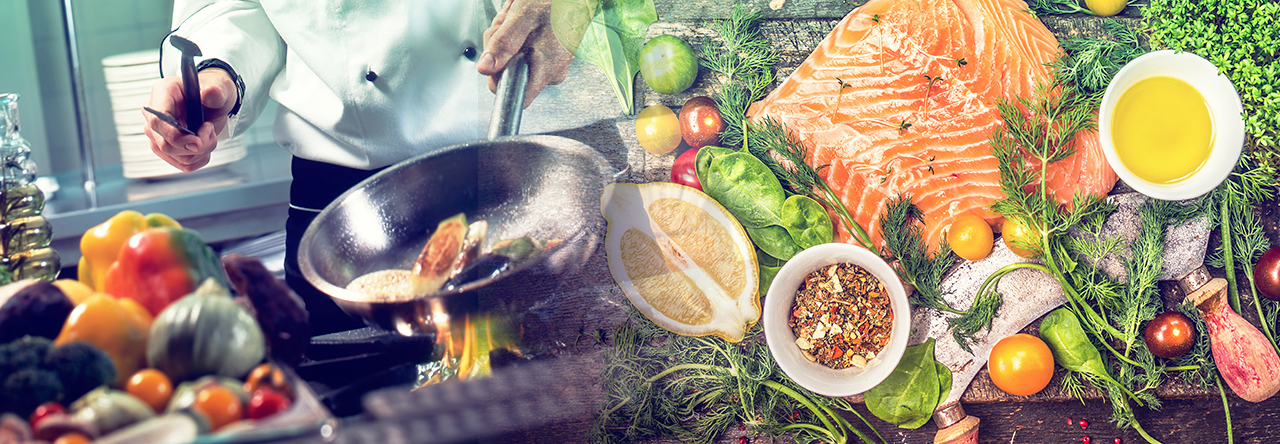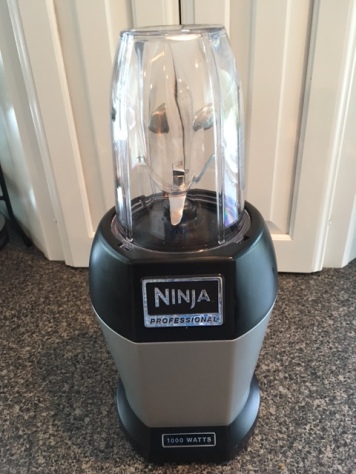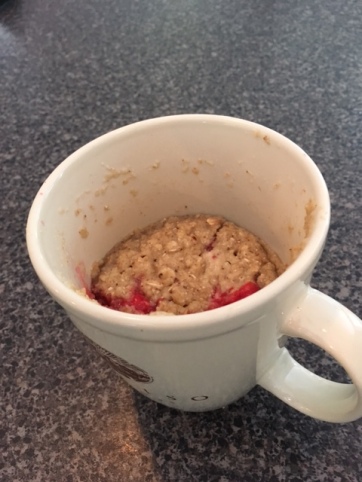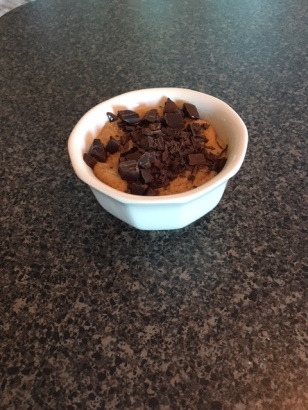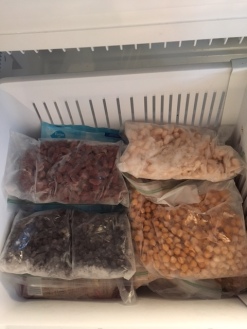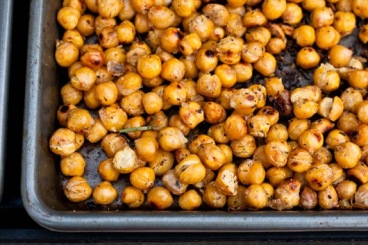- Vegan Ranch Dressing
- No Oil Maple Dijon
- Unholy Guacamole
Are you familiar with the work of Drs. Caldwell Esselstyn and Dean Ornish? Their research with patients has shown that a whole food plant based (WFPB) dietary pattern can successfully reverse (yes, I said reverse!) heart disease.
This information and my own family history of heart disease have led me to attempt a primarily plant based diet. It’s a learning process; definitely a work in progress; and I have had to rethink many of the things I formerly considered healthy.
Case in point; oils. It was disconcerting for me to learn that vegetable oils are not necessarily considered a healthy choice in my new WFPB way of eating. What? No olive oil? No canola oil? According to the wisdom of Dr. Esselstyn and Ornish, oils are refined foods. They have been pressed, refined, and processed into a very concentrated source of fat calories.

That posed a problem because salads are a staple for me especially at this time of year and what’s a salad without a salad dressing? Luckily I’ve discovered several recipes for dressings that contain no oil. Here are just a few. I can personally vouch for them being delicious.
Ranch Dressing
I went looking for a whole food version of ranch dressing to dress the red and green leaf lettuce from my garden and stumbled across this recipe from The Rawtarian. I knew it would be creamy because I’ve already experimented with cashew cream to make pasta sauces and casseroles. The spice combination in this recipe really knocks it out of the park. I’ve adjusted the proportions a bit and left out the oil in the original recipe. I also soaked the cashews for a few of hours to increase the creaminess. The result was really thick; perfect for dipping vegetables. I add a little extra vinegar and water to make a thinner dressing for salad.

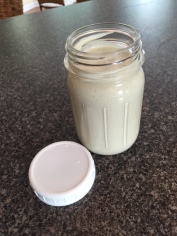
Ingredients
- 1 cup raw cashews (I found in bulk food section at my grocer)
- 1 cup water
- 3 tablespoons lemon juice
- 1/4 cup apple cider vinegar
- 3 tablespoons agave nectar (or honey, or maple syrup – I used agave)
- 2 cloves garlic
- 3 teaspoons onion powder
- 1 teaspoon dried dill weed
- 1 teaspoon sea salt
Soak the cashews in the water for a minimum of 2-3 hours and up to 24 hours. Add them with the water and the remaining ingredients to your high speed blender and process until everything is completely smooth. Refrigerate and use within 3-4 days.
No Oil Maple Dijon Vinaigrette
I attended the Cleveland Clinic’s annual Obesity Summit last October and one of the highlights for me was a cooking demonstration presented by Dr. Esselstyn’s wife and daughter. They are the creators of the cookbook that is companion to Dr. Esselstyn’s bestseller, “Prevent and Reverse Heart Disease”. The basic recipe comes from the book where you will find several other no oil salad dressings and hundreds of additional WFPB recipes. Here is the version I made to top a salad of beet greens, corn, and red kidney beans.
Jane’s Favorite 3,2,1 Dressing
- 3 tablespoons balsamic vinegar
- 2 tablespoons mustard of choice (I used Dijon)
- 1 tablespoon pure maple syrup
- Juice of 1 lemon
- Pinch of white pepper (optional)
I add all the ingredients to a small jar and shake until smooth. It’s a very tart dressing so you may want to add a bit of water or fruit juice to taste.
If you are reading closely and paying attention you may be saying “Hey, can mustard, vinegar, and maple syrup be considered “whole” foods? The answer would be no, but since Dr. Esselstyn’s research points primarily to dietary fat as the culprit in heart disease you will find that small amounts of highly flavored condiments and natural sweeteners can be included in this eating plan.
I’m amassing quite a collection of signed cookbooks and I was pleased to add this one to my collection!

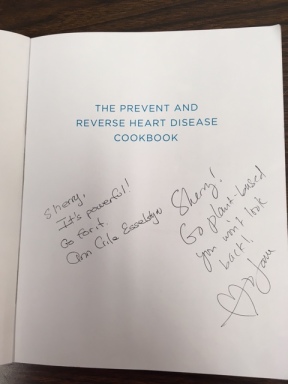
Unholy Guacamole
This one’s my favorite and I use it often to dress Southwestern style salads and bowls.
- 1 ripe avocado, peeled and diced
- Juice of 1 fresh lime
- 2 tablespoons red wine or apple cider vinegar
- Optional: A bit of cumin or Tajin seasoning (found in the Hispanic section of your grocery store)
Add all the ingredients to a ziploc bag, close the bag and squish everything together to blend (just like the topping for the Southwestern Stuffed Sweet Potatoes featured earlier here.)
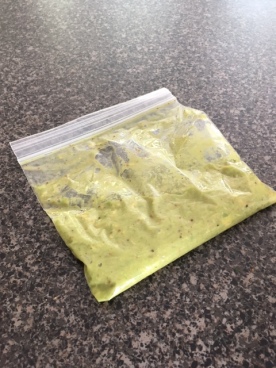
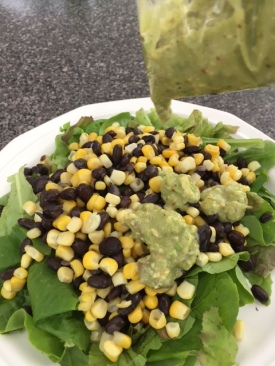
I can put this in my lunch bag along with my salad. The combination of the airtight bag and the acid from the lime juice and vinegar keep the avocado from turning brown. At the office I just snip a corner of the bag and squeeze the contents over my salad ingredients. One of my favorite combination is 1/2 cup of thawed frozen corn kernels (quinoa or brown rice also work well) and 1/2 cup of black beans over some type of greens.
Of course oil free does not necessarily mean fat free or low calorie. The ranch dressing and the guacamole dressing contain a significant number of calories from healthy fat but you are also getting the fiber and anti-oxidants of the whole food. If you think of the ranch dressing as a serving of nuts and the avocado as a serving of fruit (avocado is a fruit) they make sense in terms of your daily calorie intake.
Besides, a little dietary fat helps your body absorb some nutrients like the Vitamin K found in many dark leafy salad greens.
